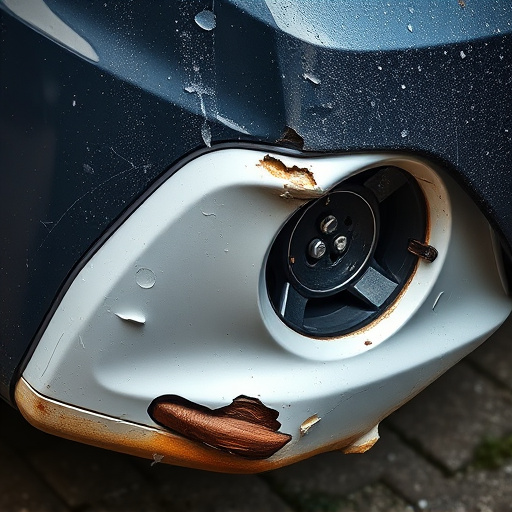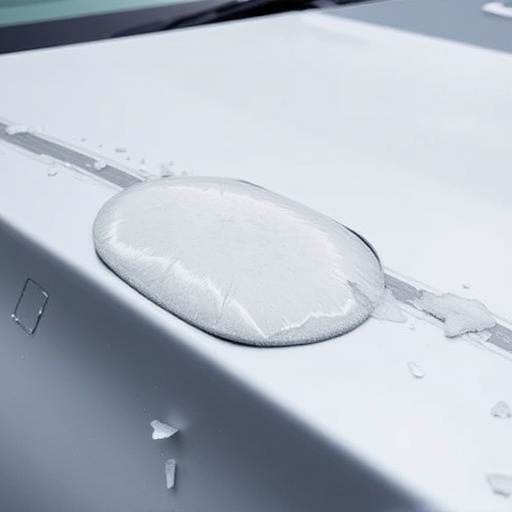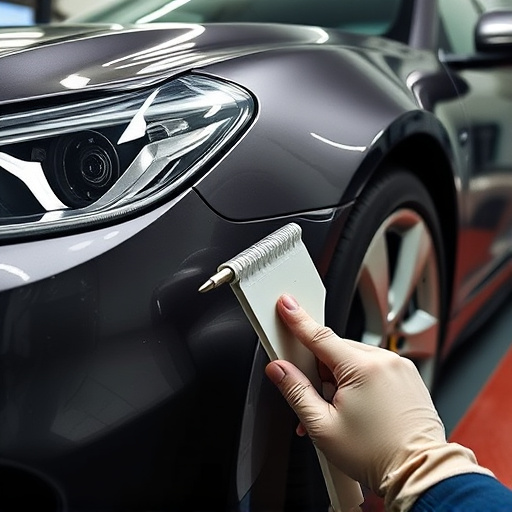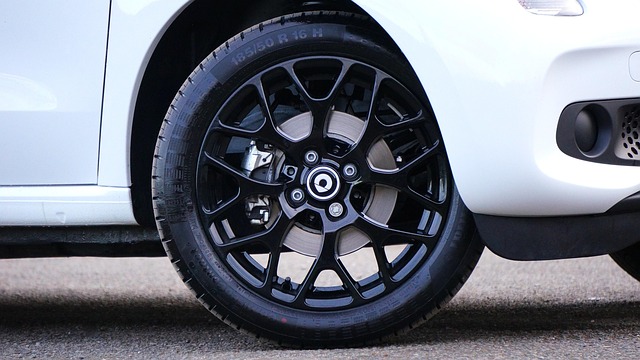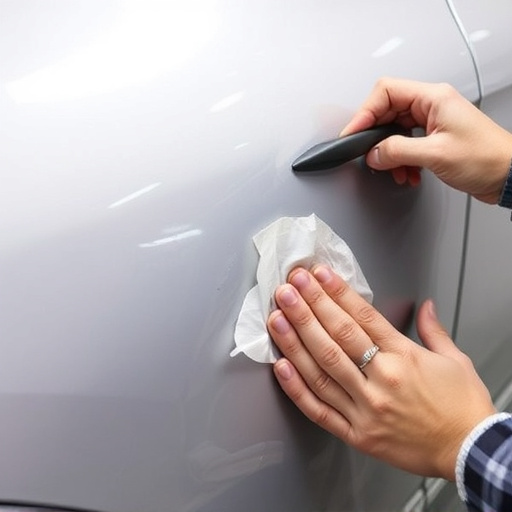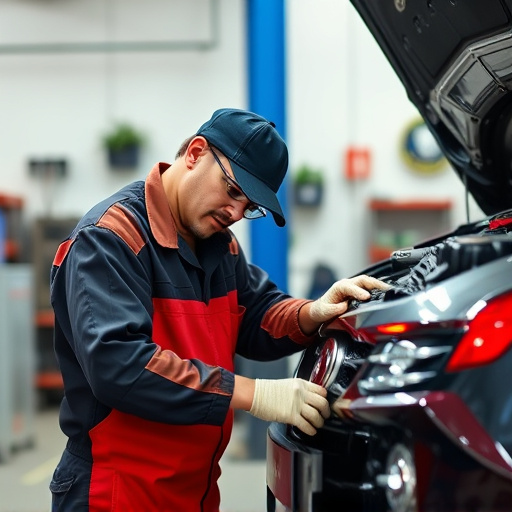Composite material replacement revolutionizes auto repair with a cutting-edge process that offers robust, visually appealing alternatives to traditional metal repairs. This technique, ideal for vehicles like Mercedes Benz, uses pre-preg fiber mats infused with resin for strong, lightweight bonds that maintain performance and aesthetic appeal. With superior strength-to-weight ratios, composites make vehicles lighter while preserving structural integrity, contributing to enhanced fuel efficiency. The process saves time, reduces costs, and offers superior aesthetics, ensuring seamless blends with original body parts and preserving vehicle value in the used car market.
Composite material replacement offers a innovative solution for repairing damaged panels and frames, providing an alternative to traditional materials. This article delves into the process and advantages of utilizing composites, ideal for various applications from automotive repairs to architectural restoration. By exploring ‘composite material replacement’, readers will gain insights into effective, durable, and cost-efficient repair methods that enhance structural integrity and aesthetics.
We break down the process, highlight benefits, and provide practical steps for successful implementation.
- Understanding Composite Material Replacement
- The Benefits of Using Composite Materials for Repairs
- Practical Steps for Replacing Panels and Frames with Composites
Understanding Composite Material Replacement

Composite material replacement is a specialized process that has gained significant importance in the automotive industry, especially for repairing damage to panels and frames. This advanced technique offers a durable and aesthetically pleasing alternative to traditional metal repairs. By utilizing composite materials, auto repair shops can effectively restore vehicles to their original condition, ensuring structural integrity and a seamless finish.
For auto bodywork enthusiasts, composite material replacement is a game-changer. It allows for precise replication of the vehicle’s original design, making it ideal for restoring iconic classics or modern Mercedes Benz repairs. The process involves carefully removing damaged components and replacing them with pre-pregnated fiber mats infused with resin, which are then cured to create a strong, lightweight bond—perfect for maintaining the vehicle’s performance and retaining its sleek appearance.
The Benefits of Using Composite Materials for Repairs

Using composite materials for panel and frame repairs in vehicle body repair offers numerous advantages over traditional methods. In the realm of automotive collision repair, composite material replacement is a game-changer due to its exceptional strength-to-weight ratio, making it lighter yet robust. This is particularly beneficial for enhancing fuel efficiency in vehicles, which is a growing concern globally. Moreover, composite materials can be molded into complex shapes, enabling precise restoration of vehicle panels and frames without the need for extensive metalworking, thus saving time and resources.
In terms of auto glass repair, composite materials provide a durable solution as they are less prone to shattering or cracking compared to conventional glass. This longevity translates to reduced costs for both repairers and vehicle owners over time. Additionally, composite repairs offer superior aesthetics, ensuring that the repaired area seamlessly blends with the original vehicle body, maintaining its overall beauty and value, which is crucial in the secondary market for used vehicles.
Practical Steps for Replacing Panels and Frames with Composites
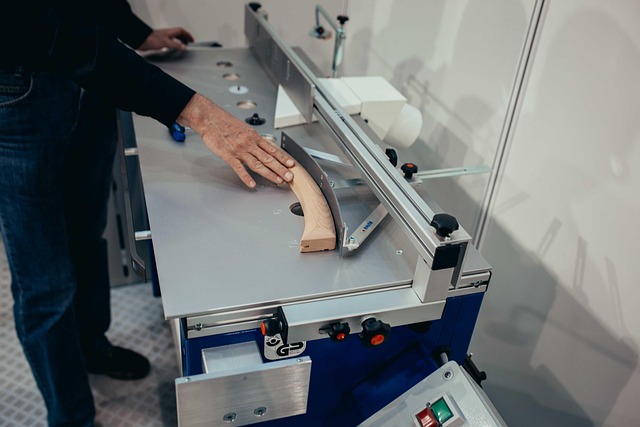
When replacing panels or frames on a vehicle, whether it’s for car restoration or car dent repair, using composite material replacement is an innovative and practical solution. The process begins with carefully removing the damaged area, ensuring proper preparation to create a clean surface for application. This step is crucial as it guarantees the new composite material adheres well.
Next, select the appropriate composite material designed for automotive applications. These composites offer excellent strength-to-weight ratios, making them ideal for car bodywork. After cutting or molding the composite to fit the panel or frame, apply a suitable adhesive to both surfaces before joining them together. This creates a durable bond, ensuring structural integrity and longevity in the repair process.
Composite material replacement offers a durable and aesthetically pleasing solution for repairing damaged panels and frames. By leveraging the benefits of composites, such as light weight, strength, and resistance to corrosion, homeowners and professionals can achieve long-lasting repairs that enhance structural integrity and visual appeal. Following practical steps outlined in this article, anyone can successfully replace panels and frames with composite materials, ensuring a robust and cost-effective alternative to traditional methods.


